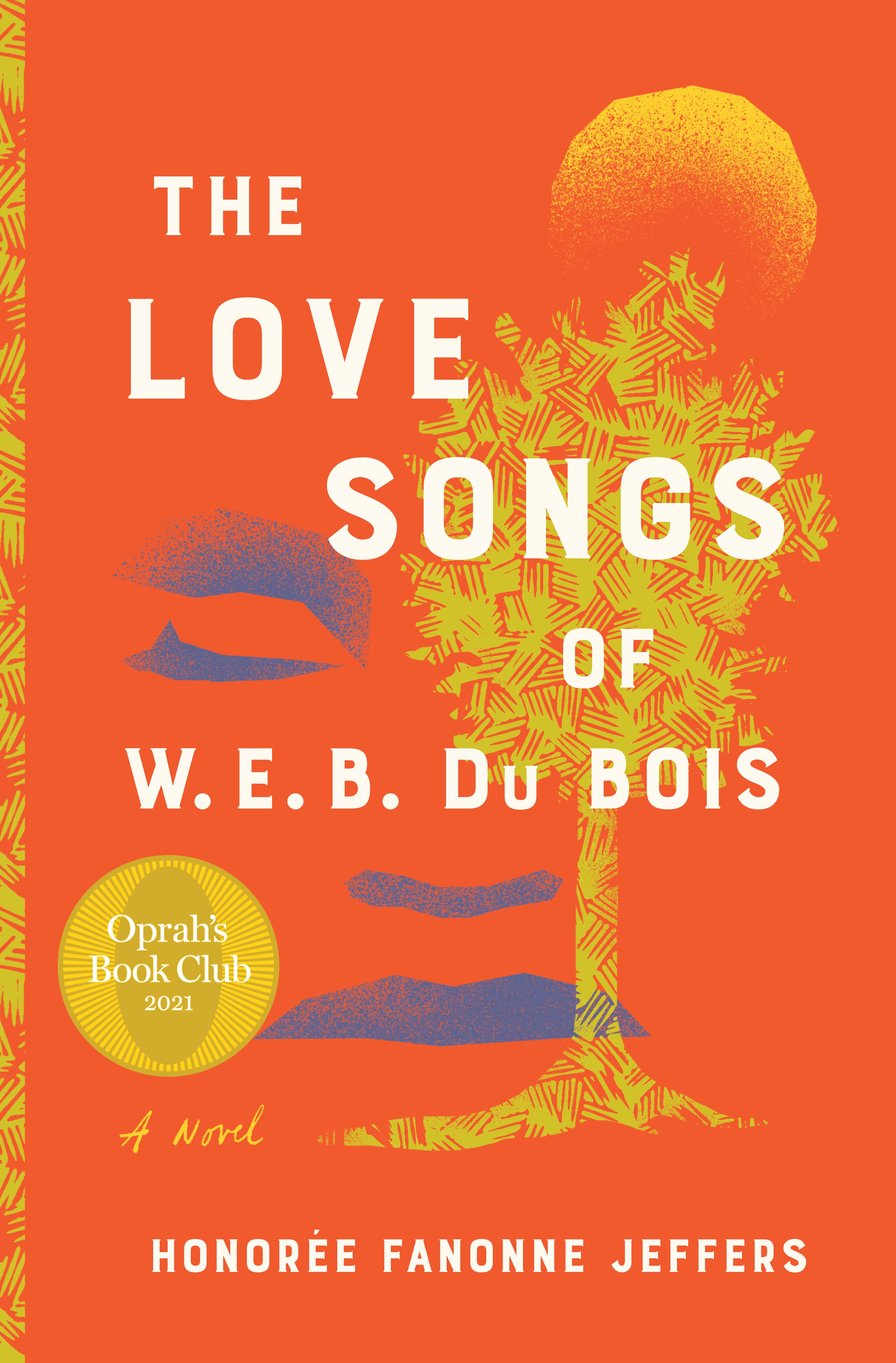The Guardian
The Love Songs of WEB Du Bois — Honorée Fanonne Jeffers


The socialist, historian and civil rights activist WEB Du Bois wrote in a 1903 essay titled The Talented Tenth: “The Negro race, like all races, is going to be saved by its exceptional men.” Though he isn’t a character in this ambitious debut novel by award-winning US poet Honorée Fanonne Jeffers, his spirited thinking about the important role of classical education in the fight for Black liberation pervades the book. It’s an expansive tale cataloguing the journey of one African American family across centuries, from slavery to the antebellum south and from civil war to present times.
The novel starts with a family tree. We’re first introduced to Micco Cornell, the son of a Scottish man and a woman from a Native American tribe known as the Creek people, who also has African ancestry. In the late 18th century, when Cornell inherits a village from his father, he signs it over to a white man called Samuel Pinchard in case his African heritage is one day exposed. The deal is done with the promise that Pinchard will peacefully run the farm and eventually marry Cornell’s daughter, but it isn’t long before he turns brutal, buying slaves and committing endless atrocities. That’s when we learn about Aggie, who is brought from Africa and sold to Pinchard. “Tears and sleep were not luxuries cast to slaves. There was only work,” writes Jeffers. But soon, Aggie becomes an energising force intent on destabilising Pinchard’s sadistic reign.
Pulling us into modern times is Ailey, a clever, sensitive academic who is equal parts petulant and spectacular. She provides the main first-person narrative and connects with the family tree through her visits to the fictional town of Chicasetta, Georgia, where her ancestors were once enslaved and where her maternal family still live. We witness her coming of age in the 1970s and 80s, while keenly observing her family: her pale-skinned Nana, with colourist attitudes, who sometimes passes for white; her sister’s spiral into crack addiction. There’s a lot of trauma and tragedy to wade through, but there are also respites – sex scenes with forgettable men, entertaining back-and-forths with racist white graduate students. Still, Ailey’s most significant relationship is with her Uncle Root, a retired professor and formidable mentor, and the one who first introduced her to Du Bois.
Alongside details of the forced arrival of African people to America and the violence experienced by Native Americans, Jeffers also explores Ailey’s mother Belle’s younger years and her experience of racial segregation, the riots during the civil rights movement, and the changing of cultural attitudes. By continually looking back, Jeffers is doing delicate needlework, stitching together the interior lives of African Americans to illustrate how they survived historical moments.
Sexual abuse is a central theme, though never treated sensationally. It helps to form a larger landscape of misogynoir that stretches from Pinchard’s fetish for prepubescent Black girls, who he believes “seduce” him with their beauty, to the policing of promiscuity that Ailey observes in her college years via a list of the most sexually active girls on campus.
Ailey herself is haunted by the sexual abuse she suffered at the hands of her grandfather Gandee. It also shapes her oldest sister, Lydia, who one day turns up high at her Nana’s house, shouting: “Leaving me with him, and I was nothing but a child!” Her other sister Coco, a successful doctor, responds: “You don’t see me using Gandee as an excuse to sleep late, and be lazy and eat up somebody else’s groceries.” Each sister’s trajectory shows that there is no universal way to suffer.
Some of Jeffers’s strongest writing comes when Ailey abandons her family’s dream that she will become a doctor like her father, and decides to pursue a PhD researching Chicasetta. Here we see the pain that comes with being a Black historian personally connected to archival information that can make you weep and rage. This book is mammoth in size and scope and, though at times it overspills with a surplus of details, is exceptional in the way it engages so deeply and emphatically with history.